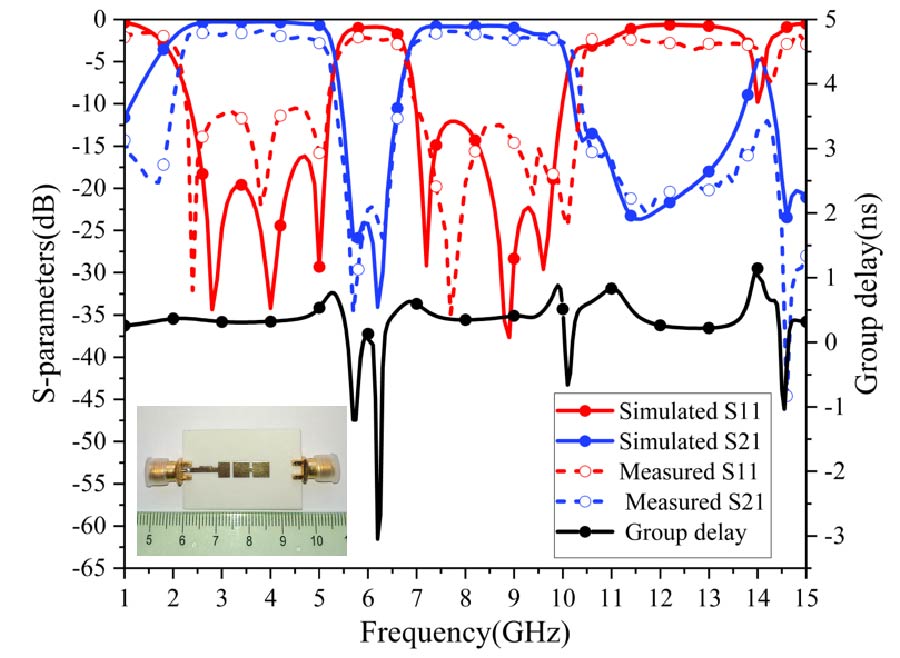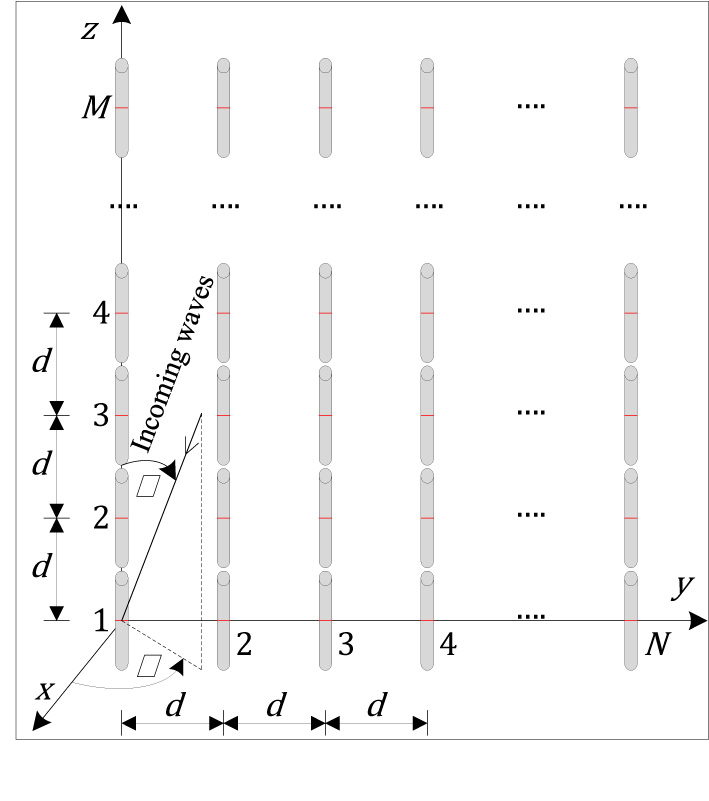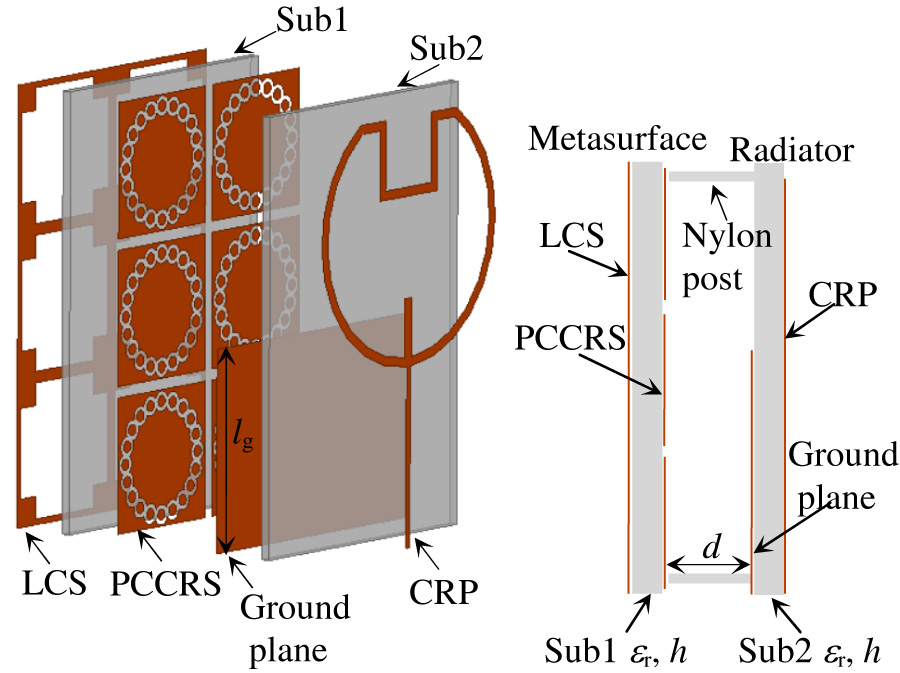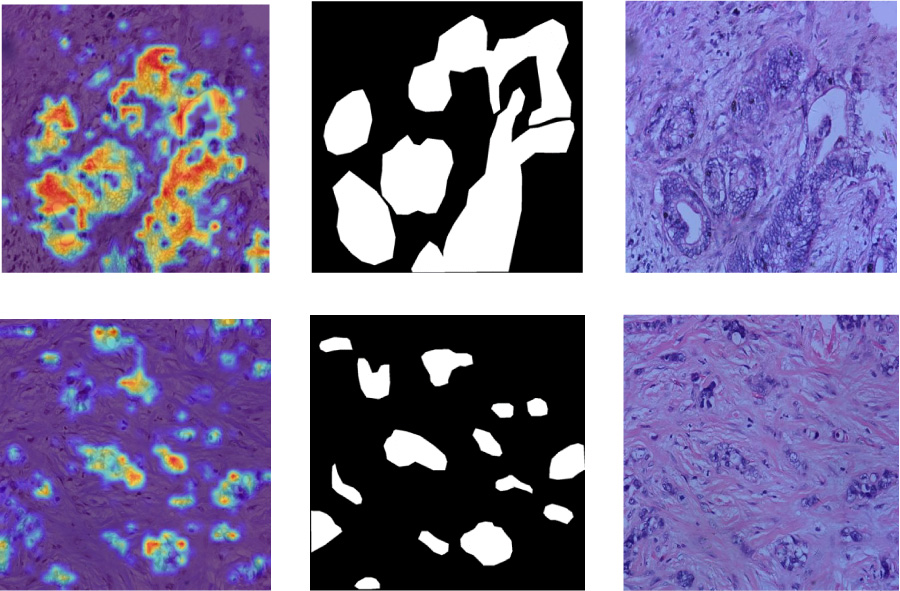Convex Optimization-Based Linear and Planar Array Pattern Nulling
Tong Van Luyen
,
Nguyen Van Cuong
and
Phan Dang Hung
In the landscape of wireless communication, smart antennas, or adaptive array antennas, have emerged as vital components, offering heightened gains and spectral efficiency in advanced communication systems such as 5G and beyond. However, augmenting network coverage, capacity, and quality of service remains a pressing concern amid advancing communication technologies and escalating user demands. Array antennas with reduced sidelobe levels, high directivity, and increased beam steering capabilities are sought after to address these challenges. This paper explores convex optimization as a potent tool for array synthesis problems, offering robust performance and solution efficiency. By formulating optimization problems as convex programming, sidelobe reduction challenges can be efficiently addressed. The paper presents a comprehensive investigation into convex optimization-based approaches for array pattern nulling, assessing their performance and computational efficiency in various scenarios. Numerical examples demonstrate the efficacy of the proposed methods in maintaining the main lobe, controlling sidelobe levels, and placing nulls at interfering directions, thereby advancing the state-of-the-art in smart antenna technology.



